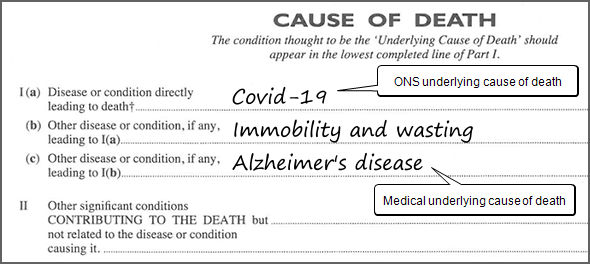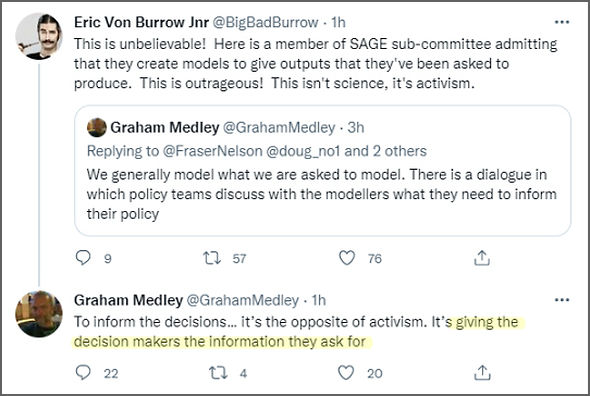
Putting a bionic cat among the catatonic pigeons, the much publicised only 17k deaths from covid figure has led to some of the most acrimonious splats Dr No has ever seen on squitter, the social media platform on which participants dump on each other from great heights. Joining the general opprobrium, Tim Harford used the first slot on this week’s More or Less programme on Radio 4 to apply ‘tireless debunkery’ to the claim, with more or less help from a molecular biologist who got her ONS numbers mixed up, claiming (at about 3:12) that the 17k deaths were covid–19 deaths where “no other health condition was mentioned on the death certificate”, which is not true: the actual number of deaths where no other condition was mentioned — that is, deaths where covid–19 was the only cause mentioned — is even smaller, at 6,183. The 17k figure, on the other hand, represents covid–19 deaths with no pre-existing conditions, or as ONS also calls them, deaths from covid-19 with no other underlying causes; but that is not to say there were no other causes mentioned. Other causes may have been present, but they were not deemed by ONS to be pre-existing, or underlying causes.

